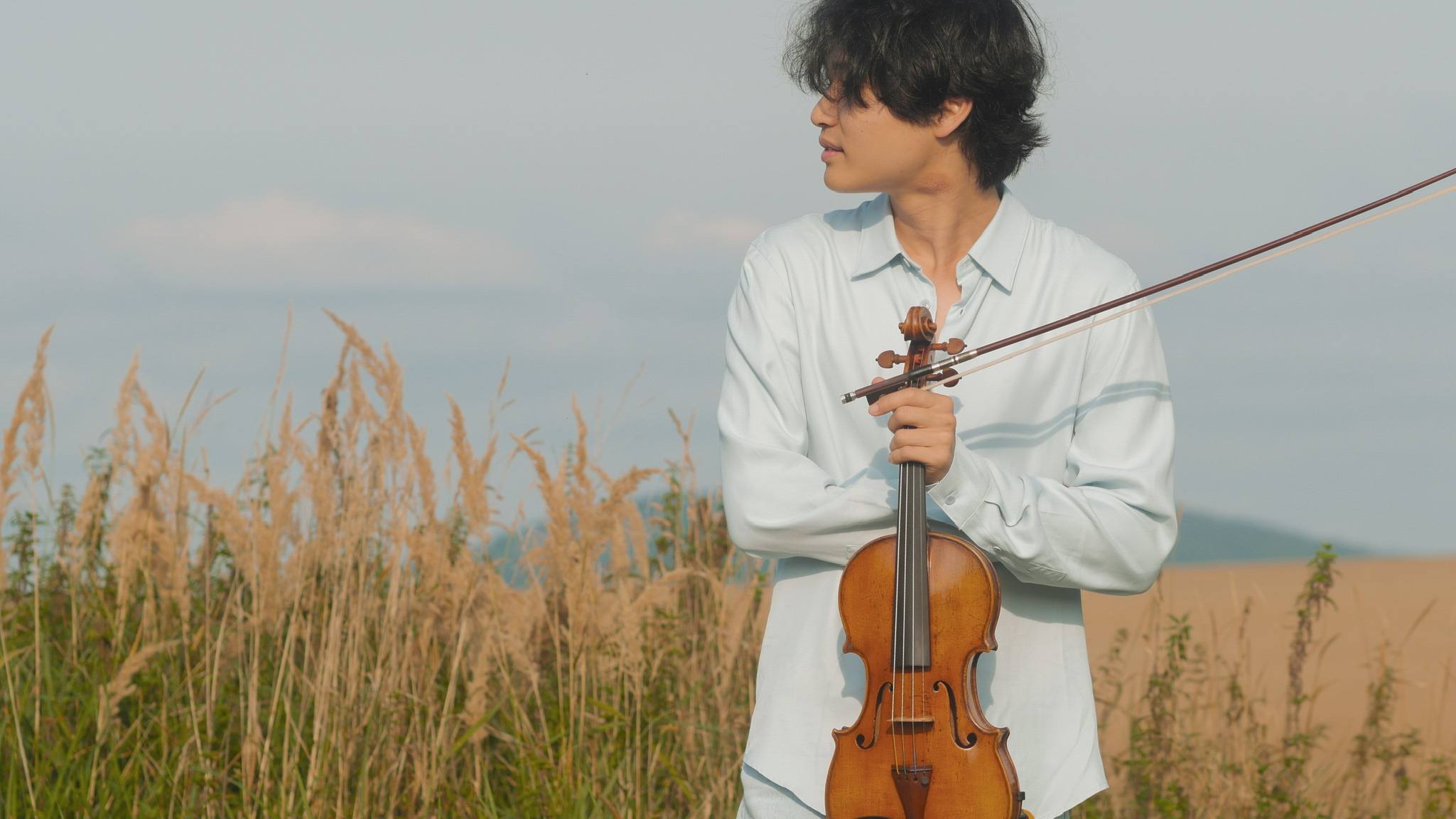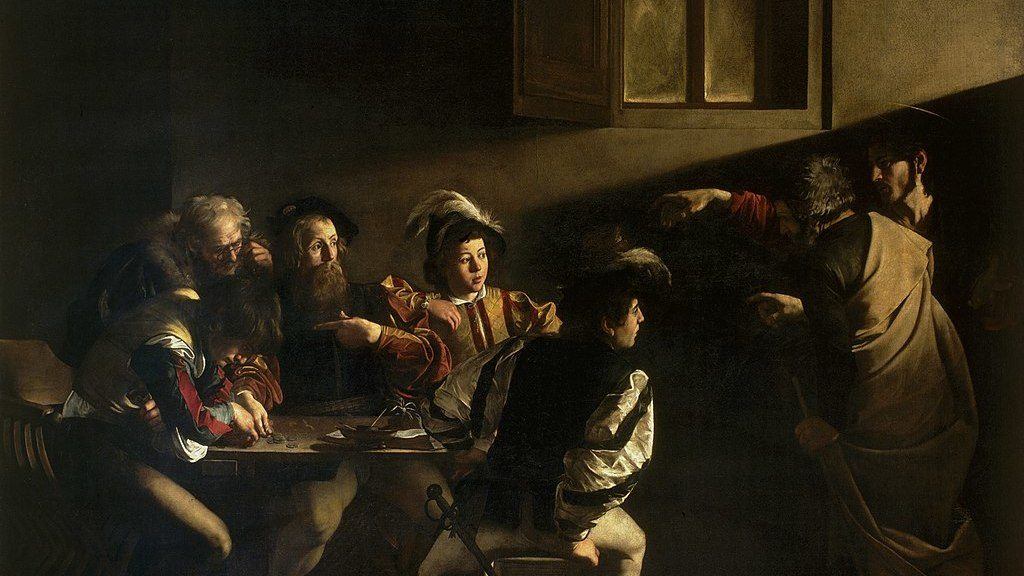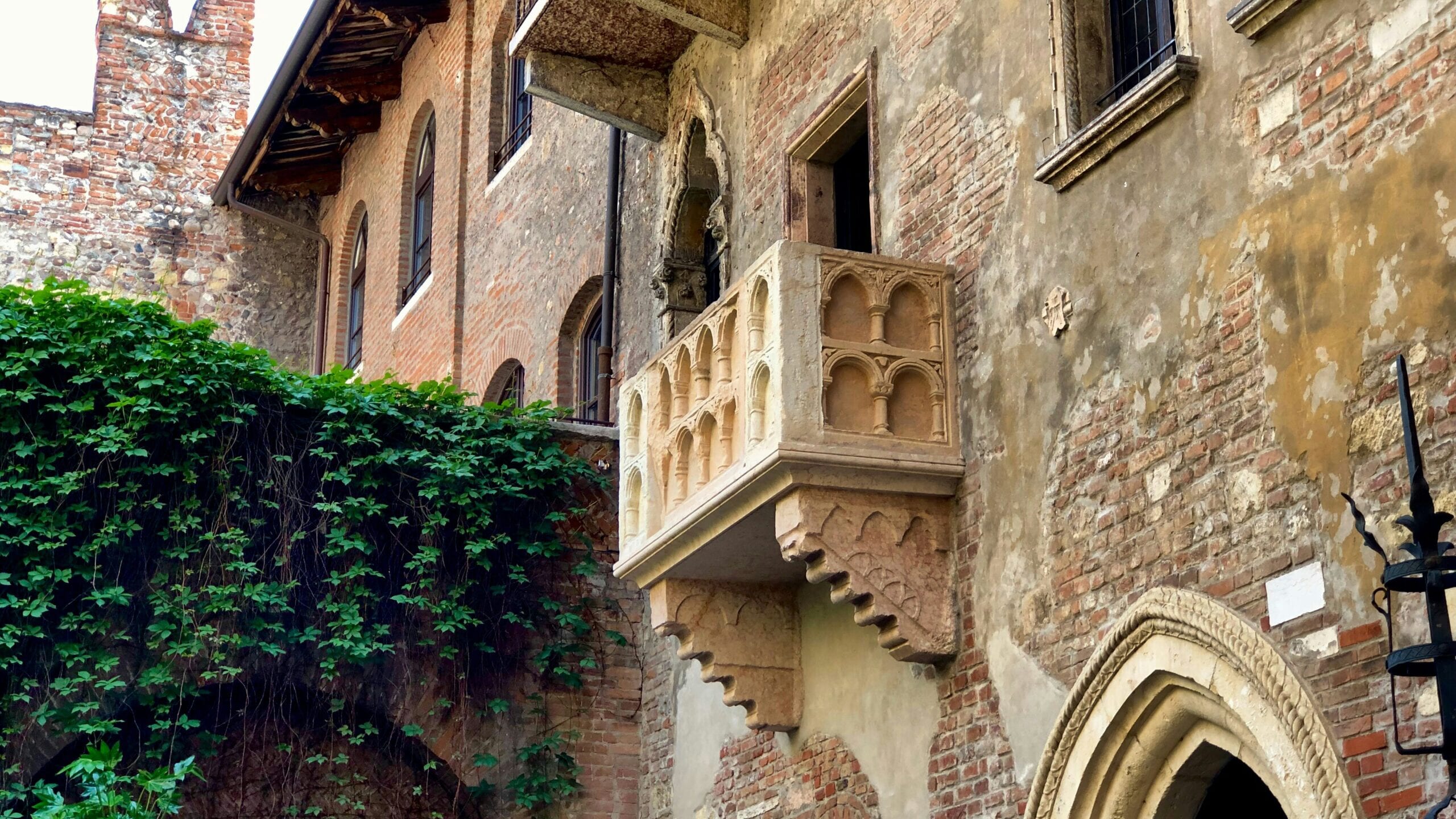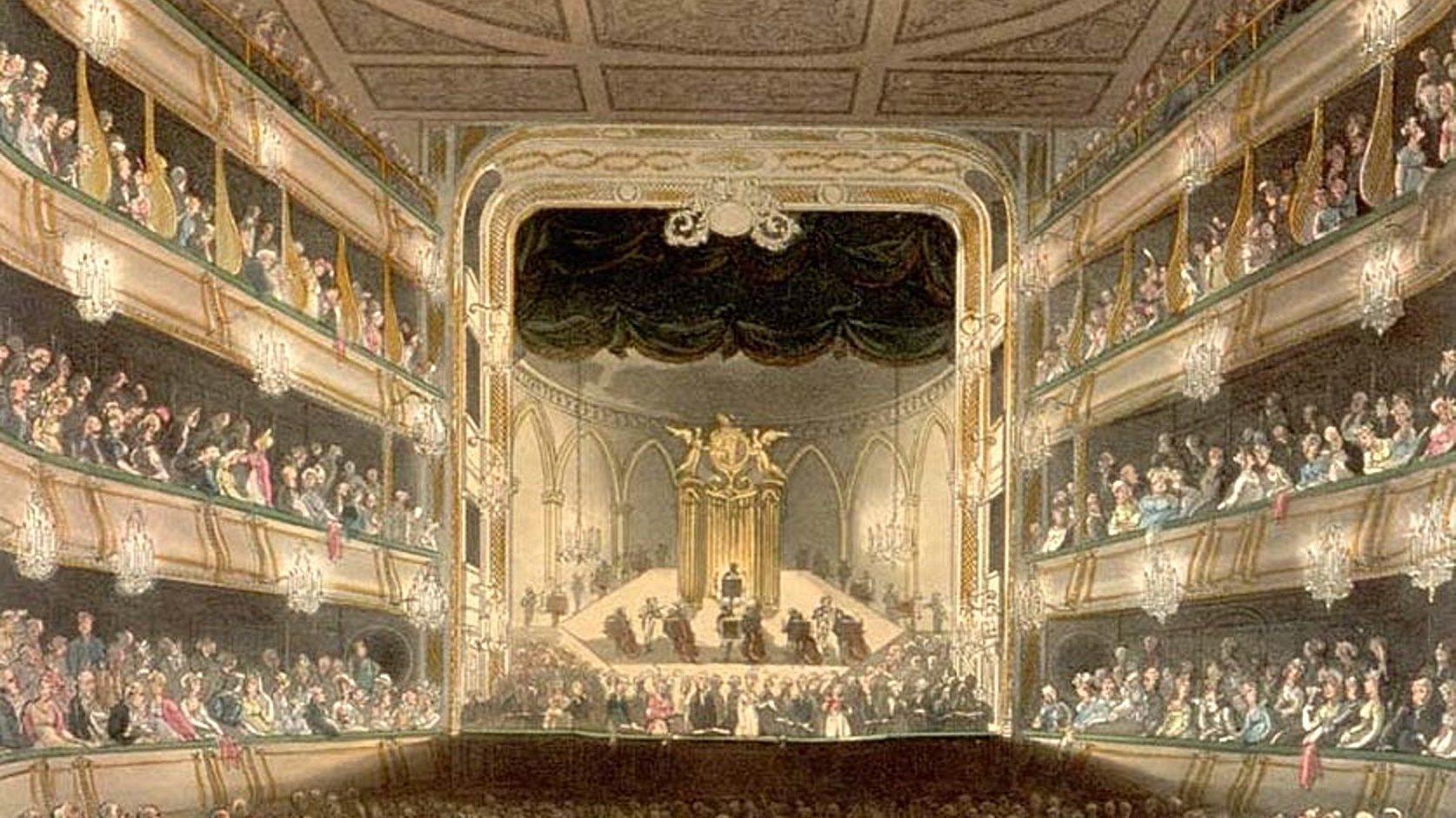Nicola Matteis II’s Fantasia in A Minor: Inmo Yang
Hailed as “a second to Corelli,” Nicola Matteis (c. 1650-1713) was the earliest Italian Baroque virtuoso violinist to settle in London. He is credited with introducing to England something closer to the modern bow hold. His son, Nicola Matteis II (1670-1737), a violinist and composer as well, left England in 1700 for Vienna, where he composed ballets for the imperial opera. His Fantasia in A minor for solo violin was written in …







